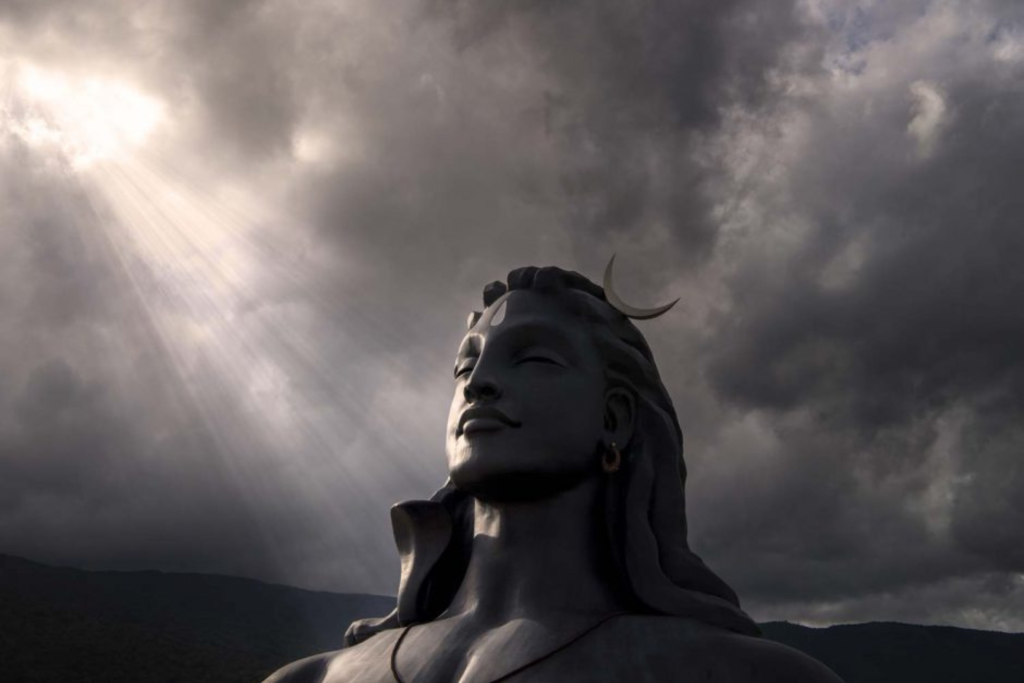MahaShivratri, translating to “The Great Night of Shiva,” is a significant Hindu festival dedicated to Lord Shiva, symbolizing the convergence of Shiva and Shakti. Celebrated annually, it holds profound spiritual importance for devotees worldwide. In 2025, Maha Shivratri falls on Wednesday, February 26.
Significance of MahaShivratri
MahaShivratri is observed on the 14th night of the waning moon in the Hindu month of Phalguna (February-March). This festival commemorates the divine marriage of Lord Shiva and Goddess Parvati, representing the union of consciousness and energy. It is also believed to be the night when Lord Shiva performed the cosmic dance, Tandava, signifying creation, preservation, and destruction. Devotees engage in fasting, night-long vigils, and prayers to seek Lord Shiva’s blessings for spiritual growth, prosperity, and the removal of obstacles.
Rituals and Observances
- Fasting (Vrat): Devotees observe a strict fast, abstaining from food and sometimes even water (nirjala vrat) from sunrise on Maha Shivratri until the next morning. Some may consume light satvik foods like fruits, milk, and nuts.
- Abhishekam (Ritual Bathing): The Shiva Linga is bathed with sacred substances such as milk, honey, yogurt, ghee, sugar, and water, symbolizing purification of the soul.
- Night Vigil (Jagaran): Devotees stay awake all night, chanting hymns and mantras like “Om Namah Shivaya,” and meditating to attain spiritual enlightenment.
- Offering Bilva Leaves: Bilva or Bael leaves are considered highly auspicious and are offered to the Shiva Linga to appease Lord Shiva.
- Temple Visits: Many devotees visit Shiva temples to participate in special prayers and rituals conducted throughout the night.
Dos and Don’ts During MahaShivratri
Observing certain practices enhances the spiritual experience of MahaShivratri.
| Dos | Don’ts |
|---|---|
| Early Morning Bath: Begin the day with a bath to purify the body and mind. citeturn0search1 | Avoid Non-Satvik Foods: Refrain from consuming onions, garlic, grains, and legumes during the fast. citeturn0search5 |
| Wear Clean Clothes: Dress in clean attire, preferably white, symbolizing purity. | Do Not Consume Alcohol or Tobacco: Abstain from intoxicants to maintain sanctity. citeturn0search3 |
| Offer Bilva Leaves: Present Bilva leaves to the Shiva Linga as a mark of devotion. | Avoid Using Ketaki Flowers and Turmeric: These are traditionally not offered to Lord Shiva. citeturn0search3 |
| Chant Mantras: Recite “Om Namah Shivaya” and other Shiva mantras to seek blessings. | Do Not Sleep During the Night: Maintain a night vigil to honor Lord Shiva. |
| Engage in Meditation: Spend time in meditation to attain inner peace and spiritual growth. | Avoid Negative Thoughts and Actions: Maintain a positive and harmonious demeanor. |
MahaShivratri 2025 Puja Muhurat in Mumbai
For devotees in Mumbai, the auspicious timings for Maha Shivratri 2025 are as follows:
| Puja Timing | Time |
|---|---|
| Nishita Kaal Puja Time | 12:27 AM to 01:16 AM on February 27, 2025 |
| Ratri First Prahar Puja Time | 06:43 PM to 09:47 PM on February 26, 2025 |
| Ratri Second Prahar Puja Time | 09:47 PM to 12:51 AM on February 27, 2025 |
| Ratri Third Prahar Puja Time | 12:51 AM to 03:55 AM on February 27, 2025 |
| Ratri Fourth Prahar Puja Time | 03:55 AM to 06:59 AM on February 27, 2025 |
| Shivratri Parana Time | 06:59 AM to 08:54 AM on February 27, 2025 |
MahaShivratri Kab hai
Note: Chaturdashi Tithi begins at 11:08 AM on February 26, 2025, and ends at 08:54 AM on February 27, 2025
Significance of Nishita Kaal
Nishita Kaal, or midnight, is considered the most auspicious time to perform Shiva Puja on MahaShivratri. It is believed that during this period, the divine energies are at their peak, and worshipping Lord Shiva at this time grants immense spiritual benefits. Devotees perform Abhishekam and offer prayers during Nishita Kaal to seek Lord Shiva’s blessings for prosperity and liberation from past sins.
Preparing for MahaShivratri
- Home Cleanliness: Clean your home and the puja area to create a sacred space for worship.
- Collect Puja Items: Gather essentials like Bilva leaves, fruits, incense sticks, lamps, and offerings for the puja.
- Mental Preparation: Cultivate a positive mindset, free from negative thoughts, to enhance the spiritual experience.
- Plan the Fast: Decide on the type of fast—complete or partial—and prepare accordingly with suitable foods like fruits, milk, and nuts.
Conclusion
MahaShivratri is a profound festival that offers devotees an opportunity to deepen their spiritual connection with Lord Shiva. By observing the rituals, adhering to the dos and don’ts, and performing puja during the auspicious muhurat, devotees can seek divine blessings for a prosperous and harmonious life. May this MahaShivratri bring peace, joy, and spiritual fulfillment to all.

